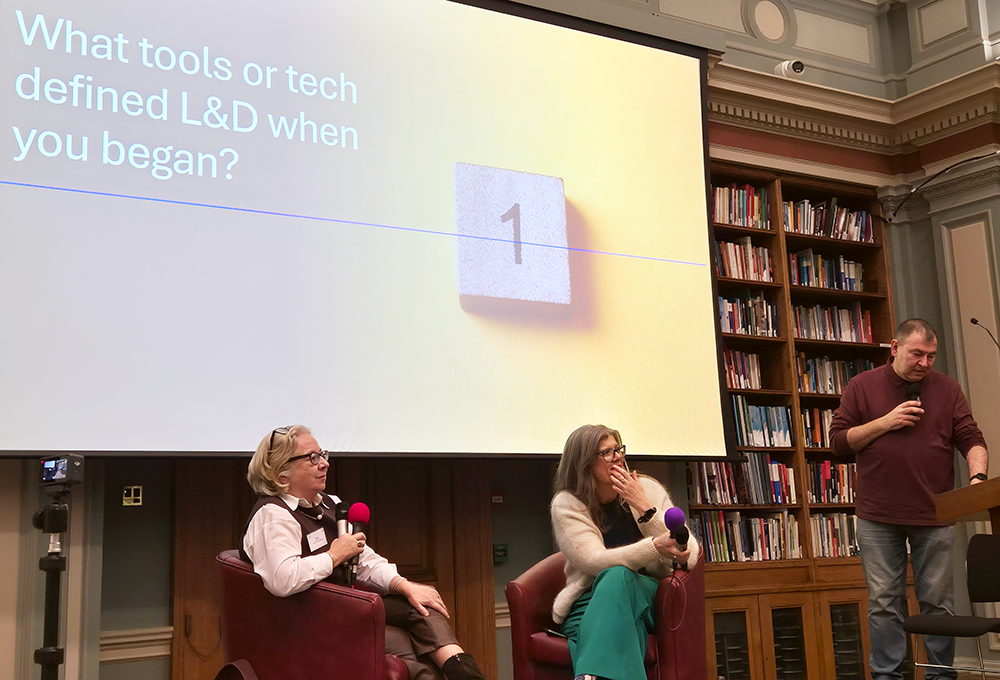Businesses face a stark shortfall of strategic leaders able to deliver successful transformation. Solving ‘wicked’ problems is beyond most high-achieving operational managers in public and private sectors. Only eight per cent of senior managers have strategist attributes required to affect change
Companies are struggling to solve their most difficult problems because they don’t identify and empower the leaders with the right capabilities and attributes to solve them, says professional services company PwC.
A new study, The hidden talent: Ten ways to identify and retain transformational leaders, shows how – even while organisations are grappling with rapid technological change, stalled growth, global restructuring and the need for forward-thinking – less than one in 10 have the capabilities, attributes and mind sets to lead transformational change and solve wicked problems.
Jessica Leitch, a consultant at PwC people & organisation team, said: “Tame problems are easily understood and there’s usually broad agreement on how to solve them using tried and tested procedures. Critical problems resemble crisis situations where control need to be asserted.
“Wicked problems, however, directly challenge business-as-usual thinking and even the business model itself.”
An example of a wicked problem might be a nimble competitor entering the market and offering a service at half the traditional market cost through a clever use of technology. Because the highest performing operational managers believe that they (or someone else) have the answers, solutions to wicked problems often confound them.
The research behind the report, conducted through a survey of 6000 European professionals’ leadership capabilities by psychometric specialists Harthill Consulting, finds that a mere eight per cent currently have strategist leadership capabilities. The good news is that leaders develop thorough distinct stages or types towards becoming true strategists.
Strategists (8 per cent) generate organisational and personal transformation. They are often shaped by different experiences to their peers and see the world differently to conventional leaders. As a result, they have developed a particular type of ‘action logic’ or leadership style that enables them to lead organisations through the most complex transformations.
Individualists (33 per cent) interweave personal and company logic, bridge gaps between strategy and performance and are often effective in consulting roles.
Achievers (52 per cent) juggle management duties and market demands. They are both action and goal orientated.
Experts (7 per cent) rule by logic and expertise. They seek rational efficiency and are good as individual contributors.
The work of strategists, the report proposes, is underpinned by inquiry-based experimentation. They see both the vision and detail, employ positive language and exercise power courageously. They also understand the complexity of the environment in which they’re working and are able to employ passionate detachment. Though strategists reside in every grouping, the largest proportion of strategist leaders are found in women over 55.
David Lancefield, PwC partner, strategy and economics, said: “Strategist leaders can fill the aspiration gap CEOs refer to when it comes to transformation. But the way many companies attract, retain and empower them requires an overhaul.
“Businesses must work hard to attract and retain strategists because they hold the keys to transformation and, in some cases, survival.”
Jessica Leitch of PwC people & organisation, added: Empowering strategists is not about finding a successful operational manager and giving them a job title with the world ‘strategic’ in it. It’s about finding people who can think and work outside the existing system, who can see what needs to change and are able to persuade or inspire others to follow them.
“The challenge for organisations is to create the right environment so that distinctive voices become more common across the whole of the organisation. This is one of the ways to grow and retain the leaders organisations need to survive.”



